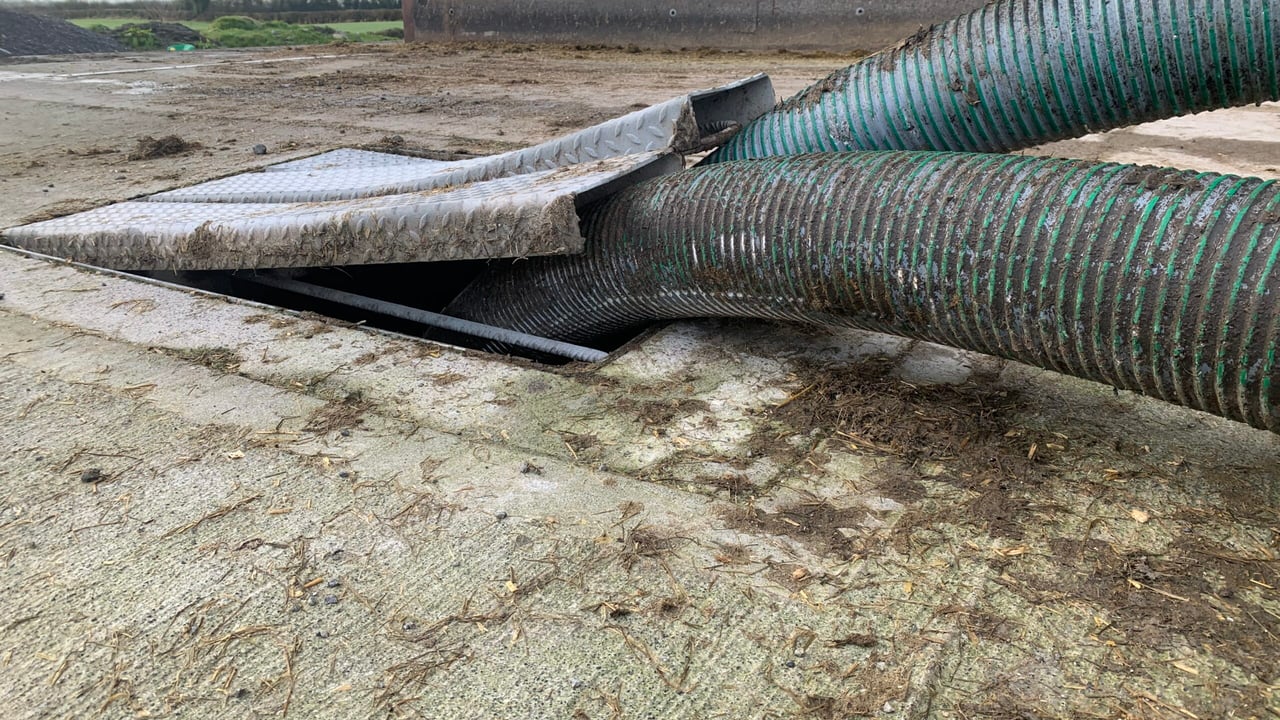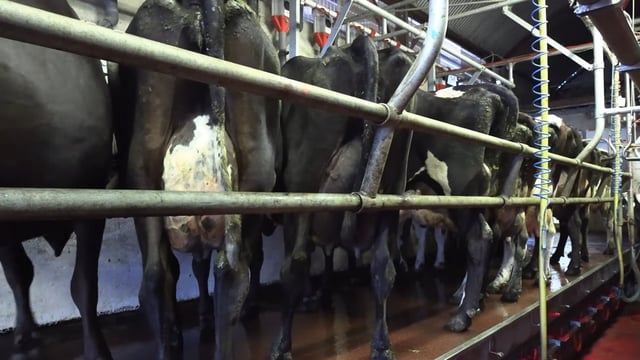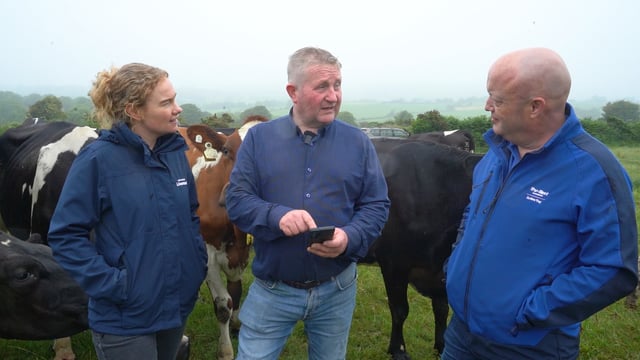Survey: 25% of dairy farmers lack enough slurry storage capacity
Slurry management and storage are emerging as significant concerns for farmers in 2025, particularly for water quality.
That's according to the ifac Irish Farm Report 2025 published today (Thursday, January 16).
It reveals that nearly 20% of farmers and nearly 25% of dairy farmers lack adequate slurry storage, posing long-term challenges.
Head of farm support with ifac, Philip O'Connor said: "Minimum requirements on both soiled water and slurry storage have been changed repeatedly over the past few years, with legislation becoming stricter and storage capacities increasing.
"Teagasc recently highlighted that farms will need up to 20% more slurry and soiled water storage to comply with stricter water quality regulations. This means increasing current storage requirements from 0.33m³ of slurry/cow/wk to 0.41m³.
"This surge in demand is part of broader efforts to safeguard water sources under the sixth Nitrates Action Programme post-2025," he added.
While 56% of farmers in the survey admitted that they have “just enough” should regulations change, some four out of five dairy farmers will possibly need to make investments in slurry storage under the new regulations.
At present, ifac outlined that EU regulations stipulate that farmers must have sufficient slurry storage to cover up to 16 to 22 weeks, depending on the specific region of the country.
Under current rules, to handle manure and soiled water effectively, that looks like 0.33m³/cow/wk.
However, preliminary studies from Teagasc’s National Slurry Storage Monitoring Programme show that this figure is insufficient in meeting environmental goals and reducing nitrogen leaching.
This shortfall is particularly acute for farms operating under nitrates derogation rules, which allow certain farms to exceed the 170kg N/ha cap under strict conditions.
E.g., to meet the new target, a typical 100-cow dairy farm in Cork will need to increase its storage capacity by 12,000L. This will likely require new or upgraded infrastructure on most farms.
ifac has stated in its report that the financial burden of building new slurry storage facilities is a growing concern among farmers.
Rising material costs, particularly for concrete, have not helped. According to data from the Central Statistics Office (CSO), the cost of concrete has risen by over 20% since 2020 – from €106.5 in September 2020 to €159.70 in September 2024 – contributing to the inflated expenses of agricultural infrastructure projects.
"Based on the Department of Agriculture’s costings, constructing a pre-cast concrete tank for a typical farm with additional slurry needs could cost €35,291," O'Connor continued.
"For those opting for a pre-cast slatted tank, the price increases to €46,673, with the cost varying based on site-specific requirements such as soil conditions and tank size.
For larger farms or those with more severe shortfalls, these figures could climb further. At ifac, we have encouraged our farmers to leverage grants under the Targeted Agricultural Modernisation Scheme (TAMS) to offset the costs.
"These grants provide a 60% subsidy for eligible slurry storage facilities. However, even with this support, the upfront investment remains a substantial challenge for many family-run farms," he added.
ifac has said that the urgency to improve water quality cannot be understated.
However, particularly for dairy farmers, while the environmental benefits are clear, the increasing costs of compliance, driven by stricter EU rules and rising material prices, underscore the importance of long-term planning and financial support, according to ifac.
It remains to be seen how quickly farms can adapt to these changes while balancing the dual priorities of sustainability and profitability.





